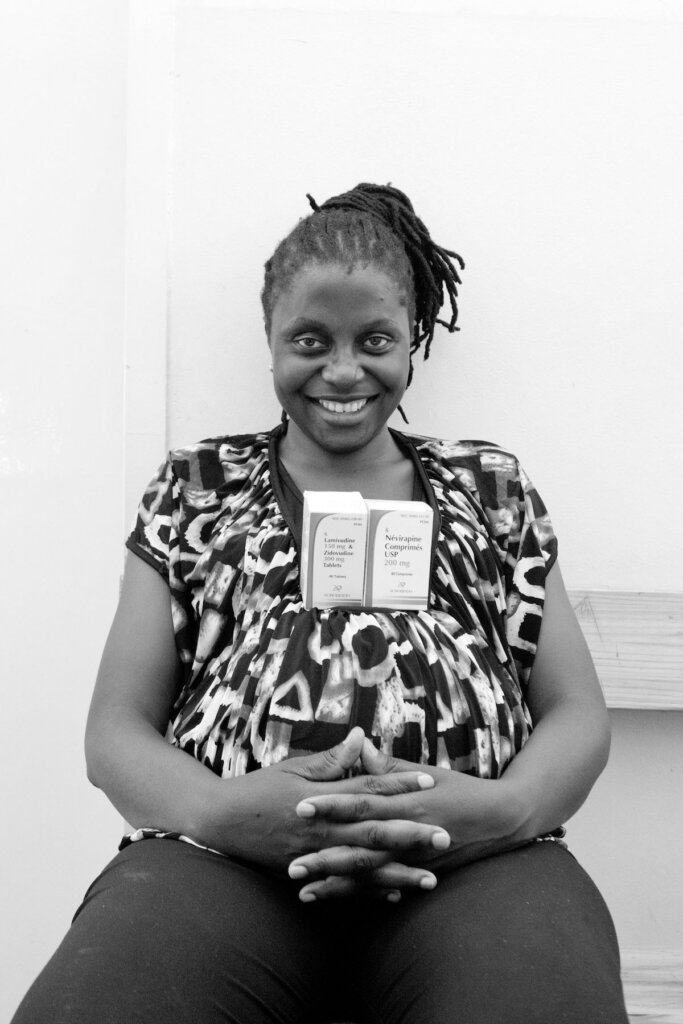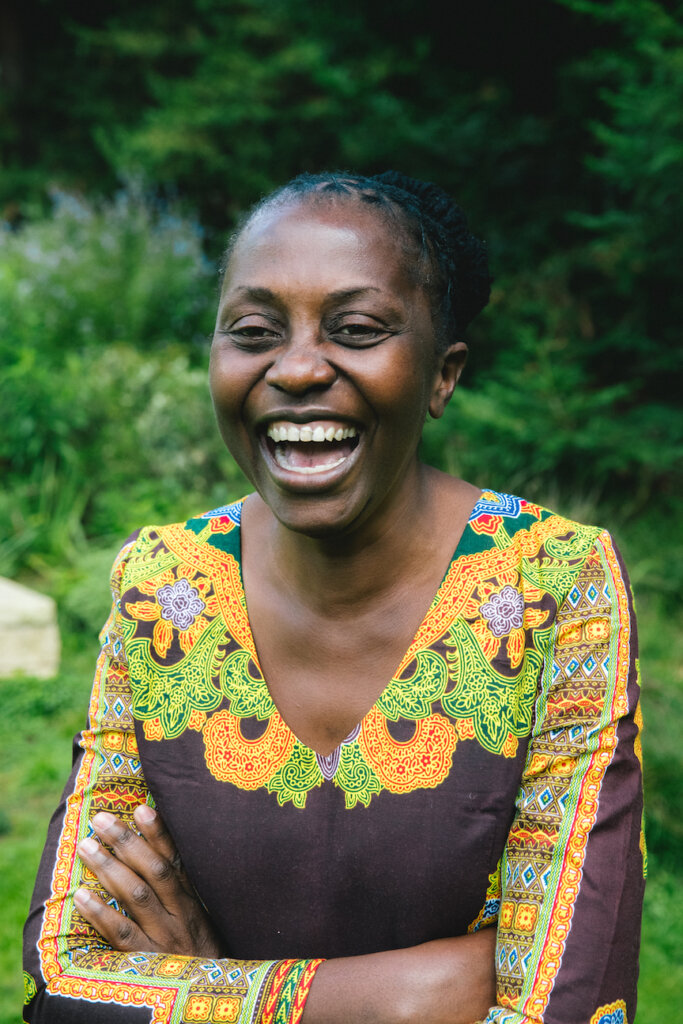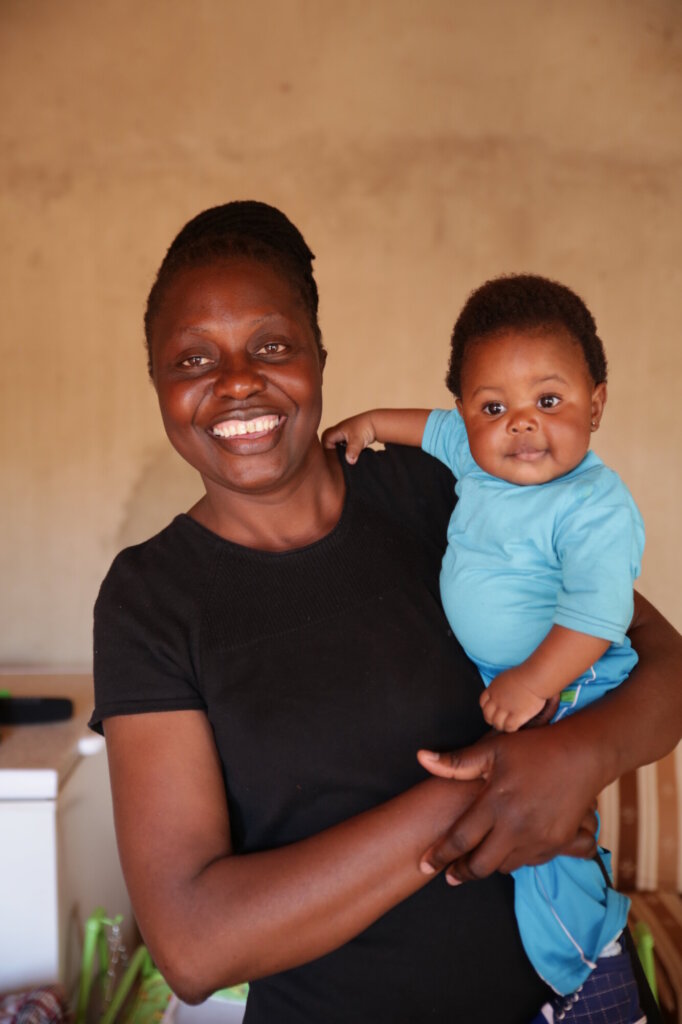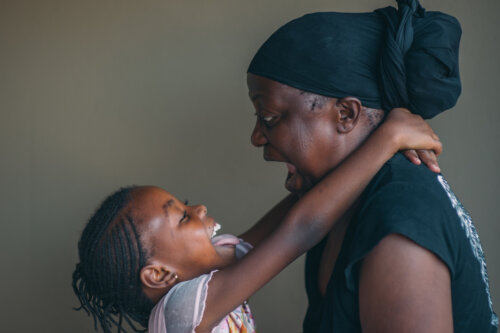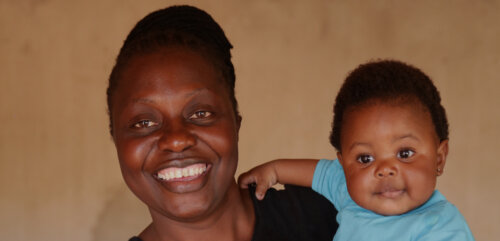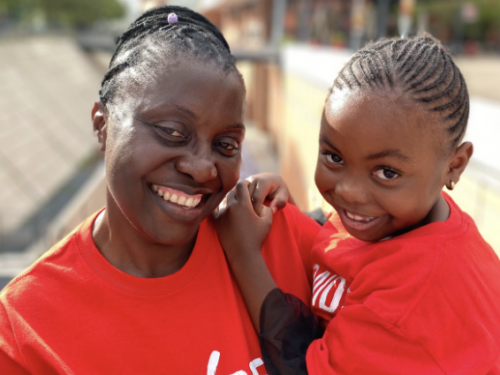What Is It Like to Live With HIV in Zambia?
Connie is a longtime (RED) ambassador with an incredible story.
Before treatment was available in her home country of Zambia, she lost three children to AIDS. Years later, she found out she was HIV+ and went on life-saving treatment. Today she’s an AIDS activist in her community, and thanks to (RED)-supported programs, she gave birth to her daughter Lubona who’s HIV free.
We asked our community on Instagram what questions they had for Connie about what it’s like to live with HIV.
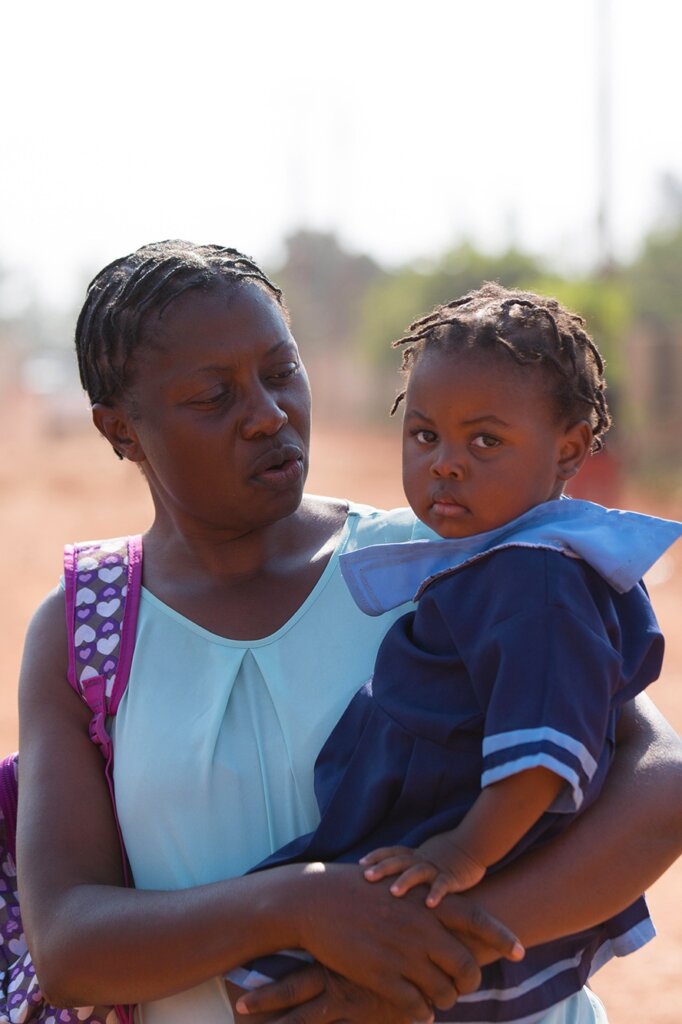
What is it like to live with HIV?
“You have just reminded me that I have HIV! Sometimes I forget that I am HIV positive, because I find nothing different in my life. I live my life like every other people, the only constant reminder is every evening when my alarm goes off, reminding me that I have to take my medication.”
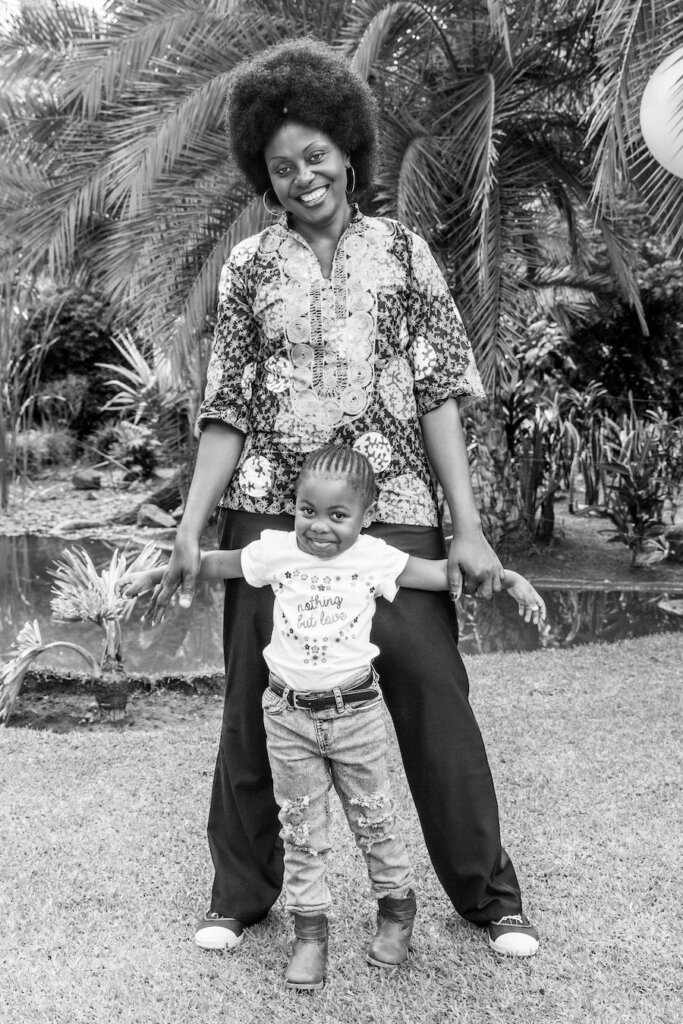
When did you get diagnosed with HIV?
“Officially, I was tested 15 years ago. But 29 years ago, I brought my daughter in to get tested, and I was tested then as well. But they didn’t tell me I was positive. Before treatment was available and before I knew my status, I lost three of my children to AIDS.”
What medicine do you take and how often? Is it free?
“I am on a combination of three drugs and the tablets are called Atripla, which I take once a day at night. Thanks to support from organizations like (RED) and The Global Fund, the medication is free at my local clinic.”
Are there side effects from the medication?
“Every person reacts differently. Some people don’t have a problem, some have mild side effects, and others may react badly — just like how people react differently to certain foods.”
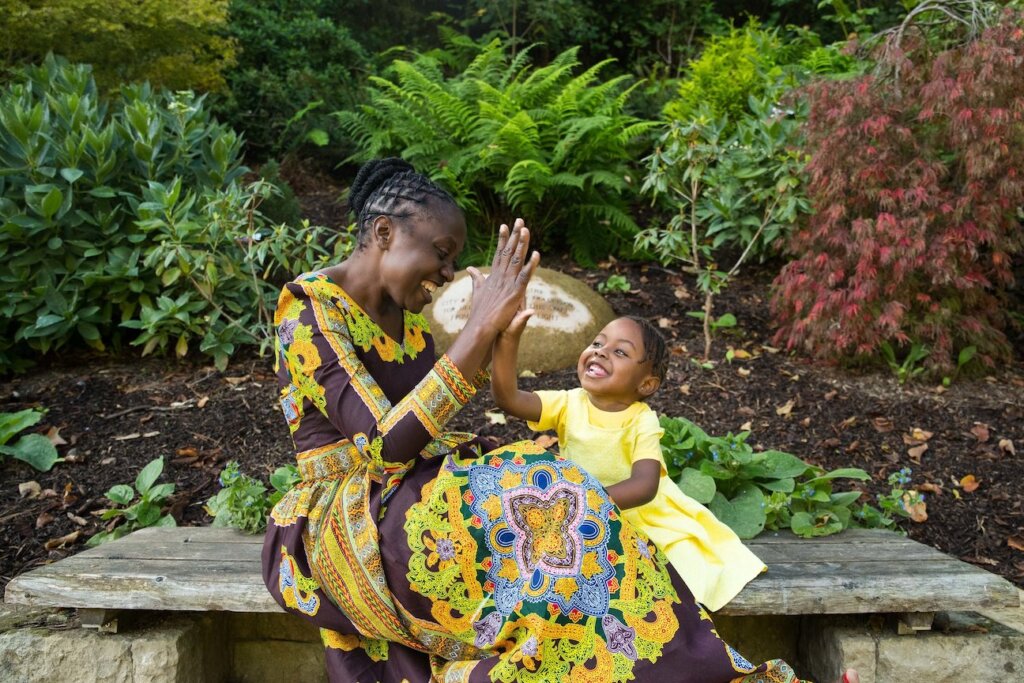
What does a relationship look like between someone who is HIV+ and HIV free?
“Thanks to educational resources, life-saving HIV medicine and other preventative measures, couples with one partner who is HIV+ and one who is HIV free are able to lead normal, happy, healthy lives. And any HIV+ mother on medication can have a happy, healthy HIV- family. If she adheres to her medication, a woman living with HIV can give birth to an HIV free baby.”
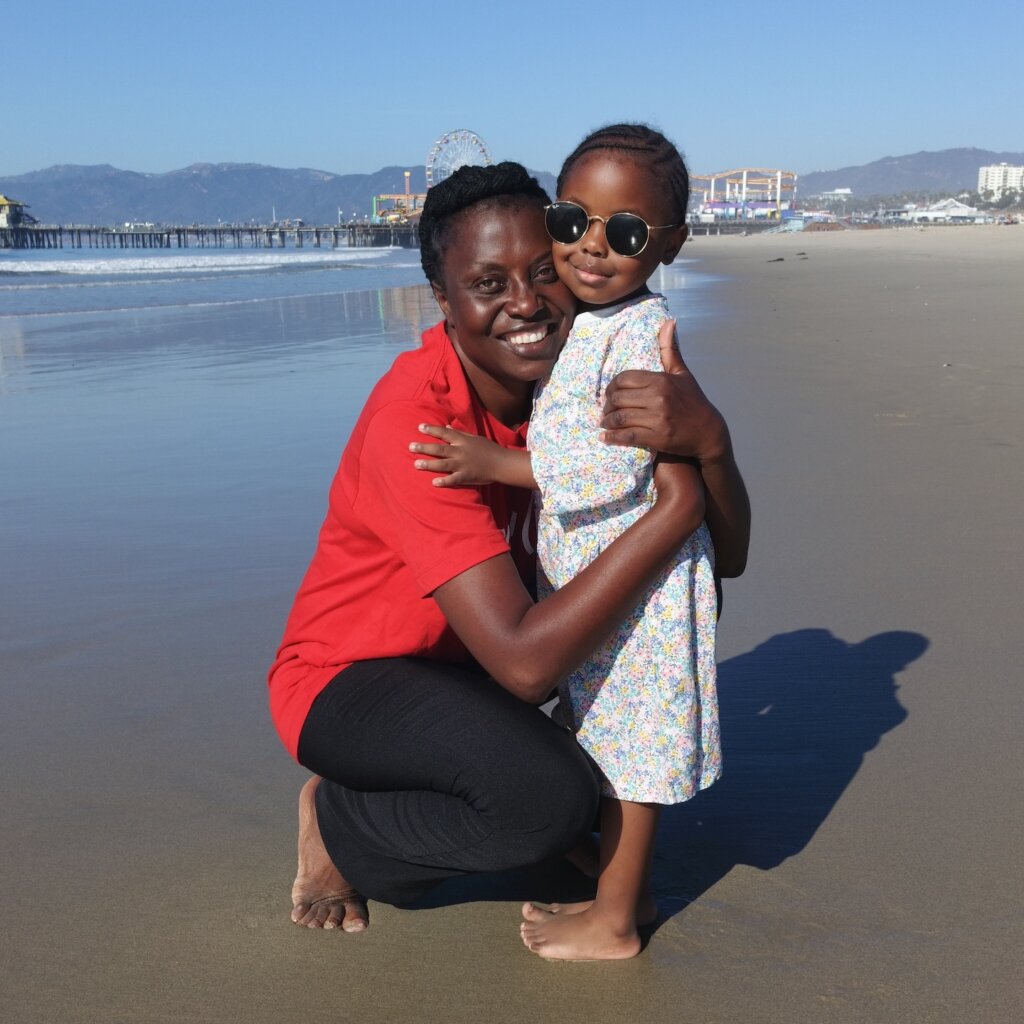
What keeps you going? What inspires you?
“After I lost my first three children to AIDS, I started taking life-saving HIV medicine. What kept me going back then was the fact that I was lucky to be alive, considering the fact that so many people needlessly died simply because there were HIV/AIDS fighting programs did not exist. But today, I’m a proud mother to my daughter Lubona who is HIV free, thanks to my medication. My daughter inspires me to keep taking my medication so that I can stay alive, healthy, and thriving — in order to take care of my baby, and watch her grow up.”
What’s a typical day for you?
“There is nothing extraordinary about being HIV+. I live a normal healthy life, just like any other working woman or mother who is living without HIV.”
What brings you joy in life?
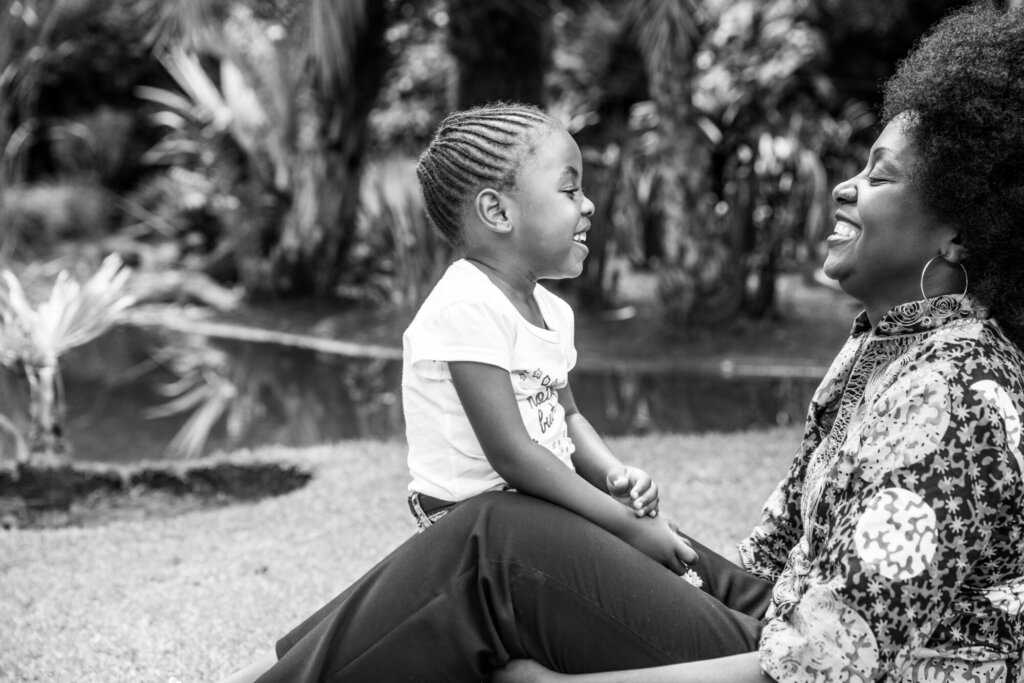
“My daughter Lubona, who was born HIV free. I also help other people in my community who are living with HIV accept their status, and start going on treatment. I am also grateful for the wonderful medicine that has keep me alive and healthy for so many years.”
What do you do to fight stigma in Zambia?
“Education is vital to ending stigma and discrimination. As part of my work, I speak with HIV+ people, and sharing my own personal experiences helps educate and inform them on this virus. We must educate people living with HIV to embrace their status in many different ways — such as drama, music, educational posters, radio programs, sharing personal experiences and more.”
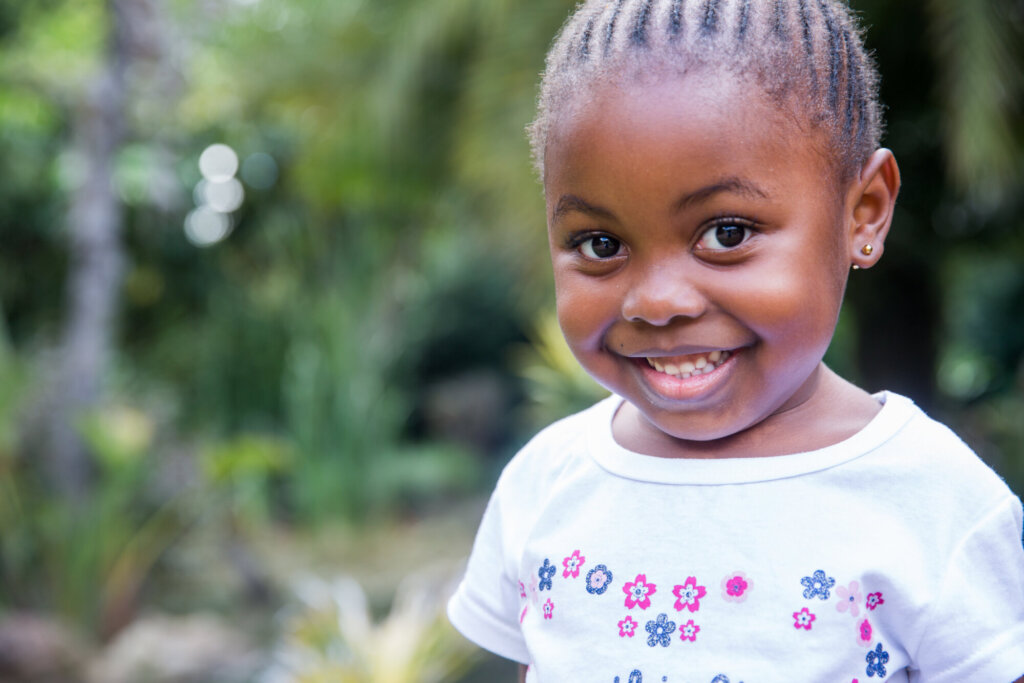
How vital do you think it is for Zambian residents to be educated on HIV/STI awareness?
“Extremely vital, considering the world is at risk of not meeting the target of ending AIDS by 2030. Education leads to less infections and protection against unnecessary disease.”
Do you think targeting a young audience in Zambia with HIV prevention efforts is a good strategy?
“Yes, it is so important since young people, especially young women, are at such higher risks for HIV infection. But we cannot leave behind other age groups, who could potentially be fueling the spread of the virus. At risk communities also include adult men, young women and girls, and especially pregnant women and their unborn babies.”
